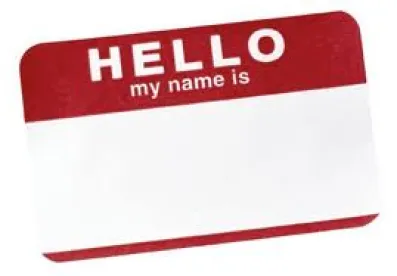Today, the Supreme Court unanimously held in Hana Financial v. Hana Bank, 574 U.S. ___ (2015), that trademark tacking is a question for juries. Trademark tacking, or the ability to "tack" a new mark to an older mark in order to establish priority, allows a company to make slight modifications to its trademarks but still retain trademark protection in the face of infringers. This permits modernizing marks or adjusting them for new campaigns without fear of losing trademark protection. Justice Sotomayor, writing for the Court in a short, eight-page opinion, held that juries were best-suited to apply the test for tacking: whether two marks are "legal equivalents" because they create the "same, continuing commercial impression." The Court's ruling affirms the law of the Ninth Circuit but overrules the law in other circuits that hold that trademark taking is a question of law that must be decided by judges, rather than by juries. The Hana Financial decision is the first substantive trademark decision from the Supreme Court in a decade.
Today's decision brings the relatively unknown tacking doctrine to the forefront of the debate over how to protect marks that subtly evolve over the course of decades. The case was carefully monitored by those in the trademark community because its resolution was expected to clarify the proof a party must present to establish tacking. Today's ruling clarifies that two marks must create the same impression in the eyes of consumers in order for the newer mark to adopt the older mark's priority. Thus, parties must consider whether to conduct trademark surveys and gather other persuasive evidence that earlier and later versions of a mark have the same continuing commercial impression.
The Court's ruling certainly will lead more companies to seek proper guidance in protecting their trademarks and trade dress when they are in the process of modernizing them to ensure any change will prove defensible.
The Court's Opinion
In its decision, the Court first noted that "[a]pplication of a test that relies upon an ordinary consumer's understanding of the impression that a mark conveys falls comfortably within the ken of a jury." Id. at 4. Flowing from that statement, the Court quickly reached the conclusion that tacking, which turns on the "legal equivalents" or "continuing commercial impression" test, is a question for the jury. The Court also ruled that tacking could be decided by judges where the facts of a case and the evidence presented by a party support summary judgment or judgment as a matter of law.
The Court noted that there was nothing improper about asking juries to answer mixed questions of law and fact where jury members are asked to apply legal standards, like the one for tacking, to the facts of a particular dispute. The Court also dismissed the plaintiff's fear that submitting tacking to juries would result in balkanized rulings and inconsistent law. Rather, the Court was content to see tacking questions decided by juries, just as tort, contract, and criminal cases are often decided.
The Court avoided any formal discussion of the somewhat related "likelihood of confusion" standard and whether that question should be treated as one of law or fact. That issue is at the core of many trademark disputes and has caused a significant division among courts. Because the Court, in its brief opinion, avoided a direct discussion of that standard, it remains an open question in courts across the country.




 />i
/>i

